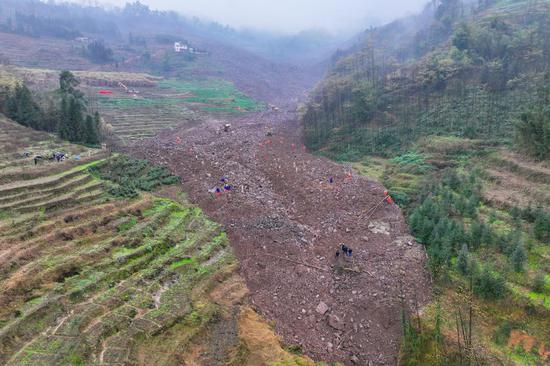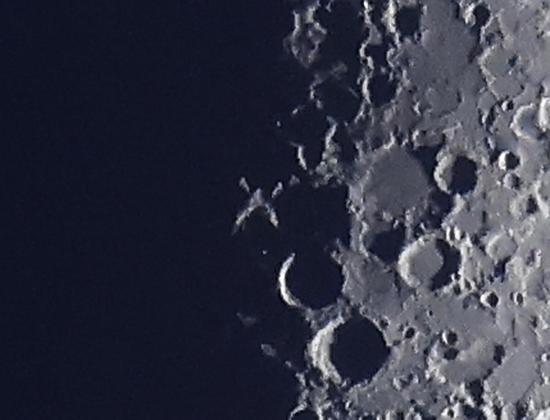From lunar samples to AI, advancements came thick and fast in 2024
Last year saw significant advances in science and technology in China, as the nation works toward becoming a "strong country in science and technology" by 2035.
In September, the Global Innovation Index 2024 released by the World Intellectual Property Organization revealed that China had climbed to 11th place in global innovation, a rise of one place from the previous year. The nation has been one of the fastest-growing economies in the innovation index over the past decade.
Zhou Zhiyi, a member of the Chinese Society for Science and Technology Journalism, has tracked China's development in this field for many years.
"China has a strong momentum in establishing science and technology innovation clusters, with 26 such clusters ranking among the top 100 globally for the second consecutive year," he said, highlighting that when the nation decides to push in a certain direction for development no efforts are spared.
One such example has been China's lunar missions to the far side of the moon.
The research findings based on lunar soil samples brought back by the nation's Chang'e 6 mission have been featured in international news and academic journals in the past months.
The Chang'e 6 mission's achievement of bringing back the world's first soil samples from the far side of the moon was recognized as one of the top 10 scientific events of 2024 by specialist newspaper and media outlet Science and Technology Daily.
Previously, the global scientific community's understanding of the far side of the moon was primarily based on remote sensing studies.
On June 25, the Chang'e 6 lunar probe brought nearly 2 kilograms of lunar samples to the Earth for the first time in human history. These samples were collected from the South Pole-Aitken Basin, the largest, deepest and oldest basin on the moon.
These samples provide important evidence to clarify the differences in material composition between the near side and far side of the moon and to unravel the mystery of the moon's dichotomy.
Professor Li Qiuli from the Institute of Geology and Geophysics at the Chinese Academy of Sciences underpinned this importance.
"Unraveling the volcanic history of the lunar far side is crucial for understanding the hemispheric dichotomy of the moon," he said.
In November, Chinese scientists published two independent research studies in the international academic journals Nature and Science, utilizing far side lunar samples returned by the Chang'e 6 mission.
These studies revealed magma activity on the lunar surface around 4.2 billion years ago, lasting for at least 1.4 billion years, further enriching the scientific understanding of the moon's evolution.
Reviewers of the study published in Nature described it as "incredibly exciting".


















































 京公网安备 11010202009201号
京公网安备 11010202009201号